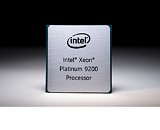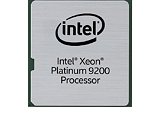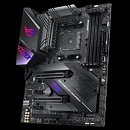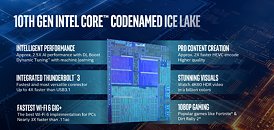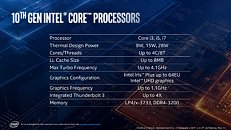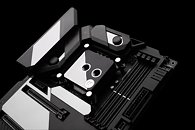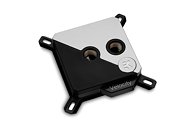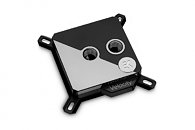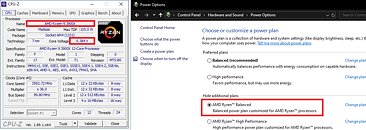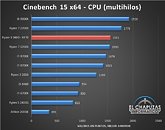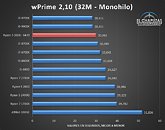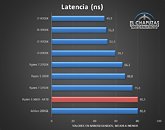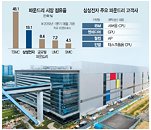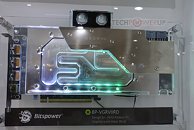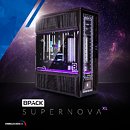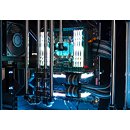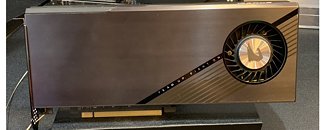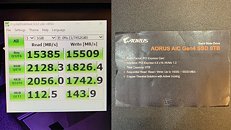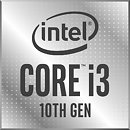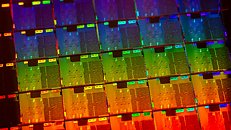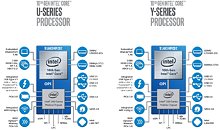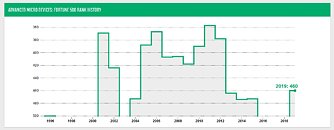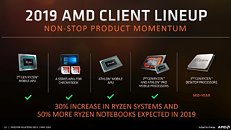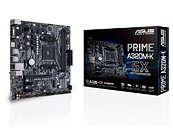
Alleged Leaked Details on Intel Comet Lake-S Platform Require... You Guessed It... A New Platform
Intel's development of their Core architecture in the post-Ryzen world has been slow, with solutions slowly creeping up in core counts with every new CPU release - but much slowly than rival AMD's efforts. Before Intel can capitalize on a new, more scalable and power-efficient architecture, though, it has to deliver performance and core count increases across its product line to stay as relevant as possible against a much revitalized rival. Enter Comet Lake-S: the desktop parts of Intel's new round of consumer CPUs, which will reportedly see an increase in the maximum core count to a 10-core design. This 10-core design, however, comes with an increase in power consumption (up to 135 W), and the need, once again, for beefier power delivery systems in a new, LGA 1200 package (with 9 more pins that the current LGA 1151).
The move to a new socket and the more stringent power requirements give Intel the opportunity to refresh its chipset offerings once again. If everything stays the same (and there's no reason it should change), new Z470 and Z490 chipsets should be some of the higher tier offerings for builders to pair with their motherboards. The new Comet Lake-S CPUs will still be built in the now extremely refined 14 nm process, and allegedly keep the same 16 PCIe 3.0 lanes as current Coffee Lake Refresh offerings. The new CPU offerings from Intel are expected to roll out in Q1 2020.
The move to a new socket and the more stringent power requirements give Intel the opportunity to refresh its chipset offerings once again. If everything stays the same (and there's no reason it should change), new Z470 and Z490 chipsets should be some of the higher tier offerings for builders to pair with their motherboards. The new Comet Lake-S CPUs will still be built in the now extremely refined 14 nm process, and allegedly keep the same 16 PCIe 3.0 lanes as current Coffee Lake Refresh offerings. The new CPU offerings from Intel are expected to roll out in Q1 2020.



